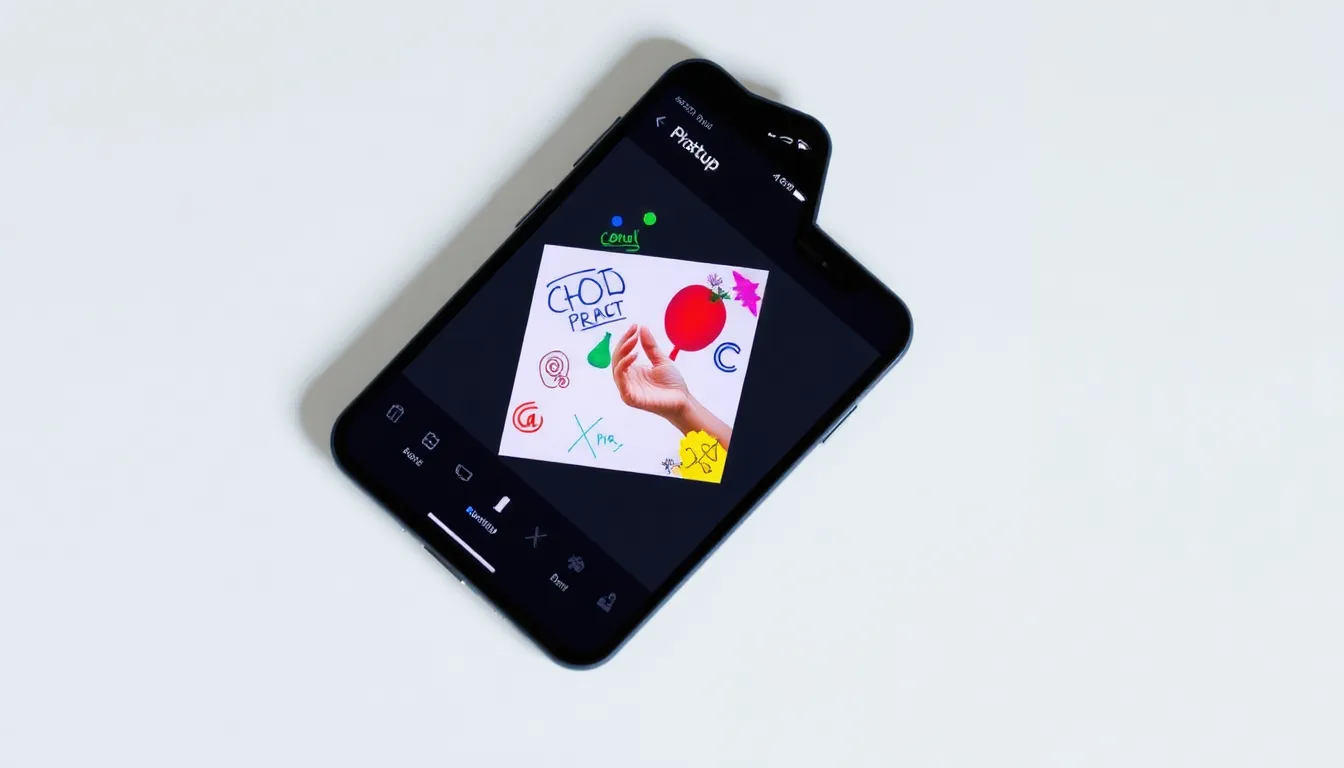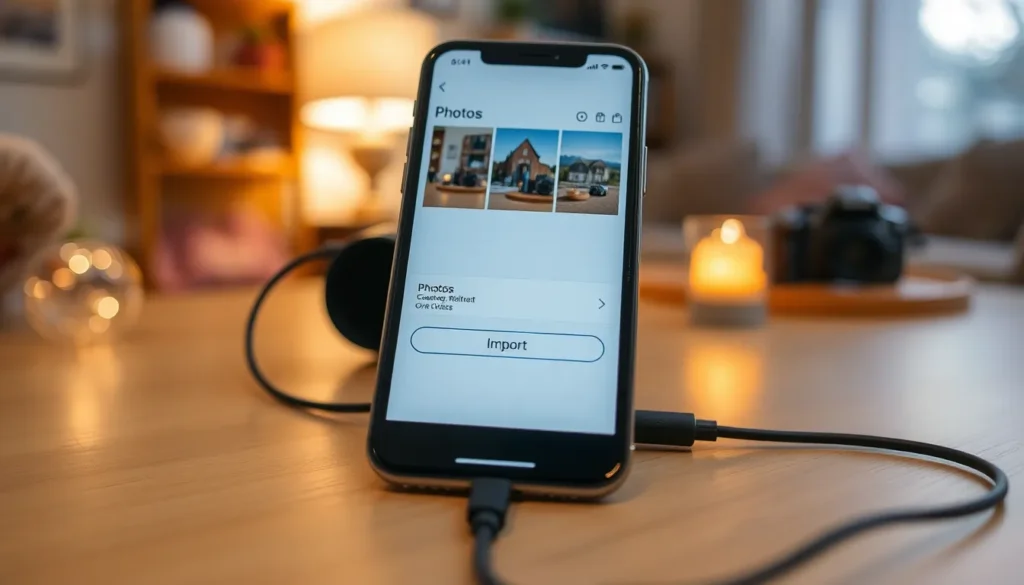Table of Contents
ToggleIn a world where a picture is worth a thousand words, why not add a few of your own? Writing on a picture using an iPhone isn’t just a fun way to personalize your photos; it’s a chance to unleash your inner artist or comedian. Whether it’s a witty caption for your latest vacation snap or a heartfelt message for a loved one, the possibilities are endless.
Understanding The Basics
Writing on pictures using an iPhone enhances creativity and personal expression. Users can convey emotions or thoughts, making their photos more meaningful.
Importance of Annotating Pictures
Annotating pictures adds context and emotion. Captions can make images relatable, providing clarity to viewers. Adding text can foster connections among friends and family, enhancing shared memories. Its utility extends beyond social media; it aids professionals in marketing and presentations. Engaging audiences with well-crafted annotations improves content interaction.
Overview of Available Tools
iPhones offer various tools for writing on pictures. The Photos app includes built-in editing features like text overlay options. Third-party apps like Canva and Over provide advanced text styles and graphics. Each option facilitates personalized creativity, catering to different preferences. Users can explore these tools to find the best fit for their needs, ensuring an enjoyable experience while annotating images.
Using The Photos App

Writing on pictures using the Photos app on an iPhone offers a straightforward way to personalize images. Users can quickly add text and annotations, fostering creativity and self-expression.
Accessing The Markup Tool
First, open the Photos app and select the image for editing. Tap “Edit” at the top right corner to reveal the editing options. Look for the three dots icon located in the upper right corner, then choose “Markup.” This tool provides various options for drawing, adding shapes, and inserting text, making it user-friendly and versatile for all editing needs.
Step-By-Step Guide to Writing on Pictures
Begin by selecting your desired photo in the Photos app. Tap “Edit,” then access the Markup tool. Next, choose the text icon, which typically resembles a “T.” Type your desired message or caption, adjusting the font size and color as needed. Once satisfied with the text placement, tap “Done” to save changes. Share or save the edited image, ready to be displayed or sent.
Third-Party Apps for Enhanced Features
Third-party apps provide additional capabilities for writing on pictures, enhancing the creative experience beyond basic tools. They often include unique fonts, stickers, and design elements, allowing users to personalize images extensively.
Popular Options to Consider
Canva stands out with its extensive library of templates, offering easy access to artistic fonts and graphics. Over provides similar features, emphasizing a user-friendly interface that facilitates quick edits. PicsArt combines photo editing and social networking, enabling users to share creations instantly. Phonto focuses primarily on text, offering a wide variety of fonts and customization options. Each option has unique strengths to cater to different creative needs.
Comparing Features and Usability
Canva excels in template variety but might be overwhelming for quick edits. Over balances functionality and simplicity, making it suitable for users who want efficiency. PicsArt’s integration of social features enhances sharing but may add unnecessary complexity for basic edits. Phonto shines with its text capabilities, making it ideal for typography enthusiasts. Evaluating these platforms allows users to choose the one that aligns best with their specific requirements.
Tips for Effective Annotations
Effective annotations enhance the impact of images. Selecting appropriate styles and colors ensures legibility and aesthetics.
Choosing the Right Font and Color
Fonts can greatly influence the mood of an image. Serif fonts evoke tradition and elegance, while sans-serif fonts offer a modern feel. Choosing a font size that stands out against a busy background is crucial. Light colors on dark backgrounds and dark colors on light backgrounds enhance readability. Also, consider contrasting colors to make text pop without overpowering the image itself. By maintaining consistency throughout a series of images, there’s an improved cohesiveness and professionalism.
Best Practices for Readability
Prioritizing clarity ensures that messages resonate with viewers. Keep text concise to avoid overcrowding an image. Opt for simple words for immediate understanding. Install sufficient space between letters and lines to prevent clutter. Additionally, use shadow effects or outlines to help text stand out if the background is variable. Test different styles by viewing the annotation on a smaller screen, as this will simulate how others might see it. Regular revisions of text can capture fresh perspectives and optimize overall impact.
Writing on pictures with an iPhone opens up a world of creativity and personal expression. Users can transform ordinary images into meaningful works of art with just a few taps. Whether it’s for sharing special moments with friends or enhancing professional presentations, the ability to annotate photos adds depth and context.
With various tools available like the built-in Markup feature and popular apps such as Canva and Over, there’s something for everyone. Choosing the right platform can elevate the creative process and make photo editing enjoyable. By following best practices for readability and aesthetics, anyone can create visually appealing images that resonate with their audience. Embracing this skill not only enhances photos but also fosters connections and conveys emotions effectively.









